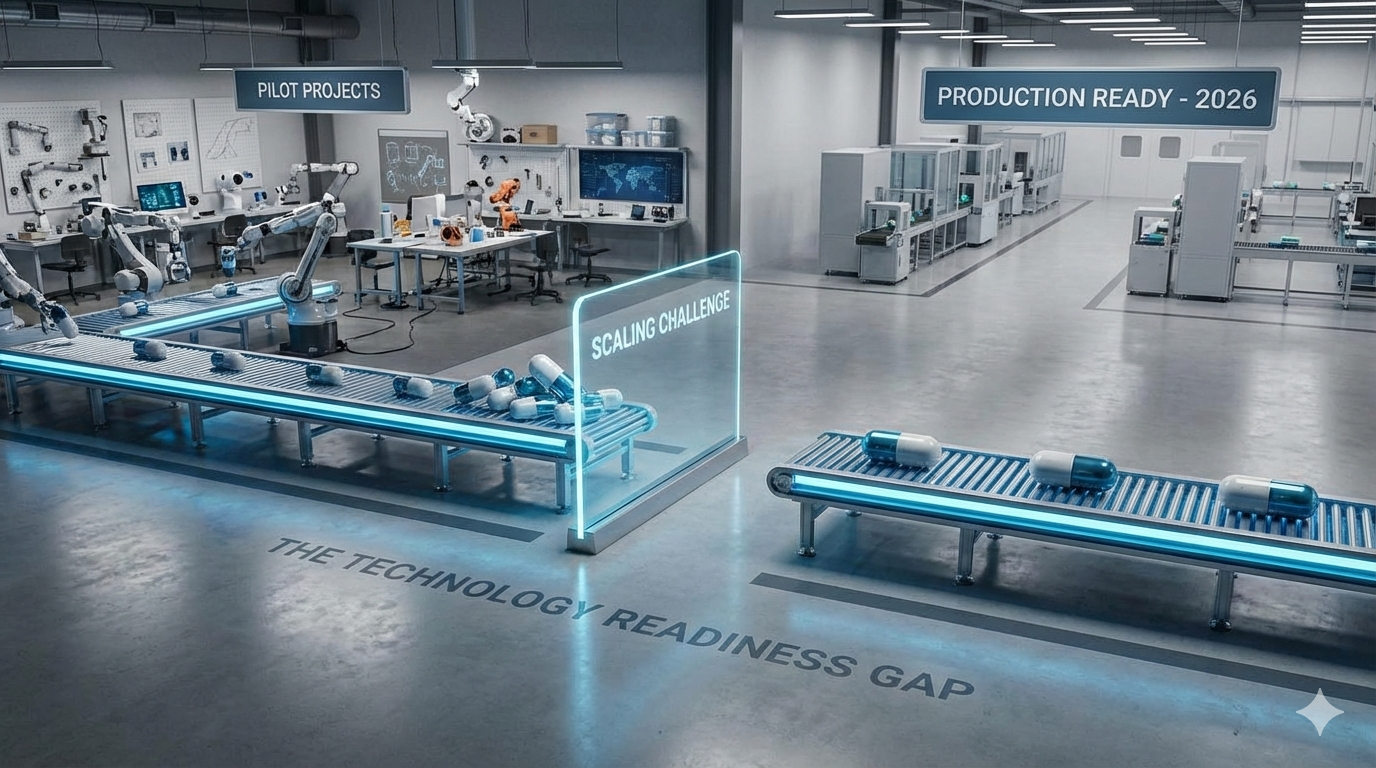The process of evaluating new ideas is a crucial aspect of any company's success. In today's fast-paced and competitive business environment, companies must constantly innovate to stay ahead of their competitors. Evaluating new ideas is not an easy task; it requires a systematic and structured approach to ensure that the best ideas are chosen and developed. In this report, we will explore the various methods and techniques companies use to evaluate new ideas.
Idea Generation
The first step in evaluating new ideas is to generate ideas. Companies use various methods to generate ideas, including brainstorming sessions, customer feedback, market research, and competitive analysis. Brainstorming sessions involve bringing together a diverse group of people to generate a wide range of ideas. Customer feedback is another important source of ideas as it helps companies identify the needs and wants of their customers. Market research and competitive analysis provide valuable insights into the market trends and the strategies of competitors.
Criteria for Evaluation
Once the ideas are generated, companies must evaluate them based on specific criteria. The criteria for evaluation may vary depending on the industry, the company's goals, and the nature of the idea. However, some common criteria used by companies include market potential, technical feasibility, financial viability, and strategic fit. Market potential refers to the size of the market and the potential demand for the product or service. Technical feasibility refers to the ability to develop and produce a product or service. Financial viability refers to the potential profitability and return on investment. Strategic fit refers to the alignment of the idea with the company's overall strategy and goals.
Screening and Filtering
After evaluating the ideas based on specific criteria, companies must screen and filter them to select the best ideas. Screening and filtering involve eliminating ideas that do not meet the criteria or do not fit with the company's goals. This process can be time-consuming and may require multiple rounds of evaluation. Companies may use various techniques such as SWOT analysis, feasibility studies, and concept testing to screen and filter ideas.
SWOT analysis involves analyzing the strengths, weaknesses, opportunities, and threats of an idea. Feasibility studies involve evaluating the technical and financial feasibility of an idea. Concept testing involves testing the concept with potential customers to evaluate their feedback and response.
Prioritization
Once the ideas are screened and filtered, companies must prioritize them based on their potential impact and feasibility. Prioritization involves ranking the ideas based on their importance and urgency. Companies may use various techniques such as cost-benefit analysis, risk assessment, and value proposition canvas to prioritize ideas.
The cost-benefit analysis involves evaluating the costs and benefits of each idea to determine the potential return on investment. Risk assessment involves identifying the potential risks and uncertainties associated with each idea. The value proposition canvas helps companies identify the value that the idea will provide to the customers.
Development and Testing
After prioritizing the ideas, companies must develop and test them to determine their feasibility and potential impact. Development and testing involve creating prototypes, conducting experiments, and collecting feedback from potential customers. Companies may use various techniques such as minimum viable product (MVP), agile development, and lean startup to develop and test ideas.
MVP involves creating a minimum viable product with the core features of the idea to test it with potential customers. Agile development involves iterative and incremental development with regular feedback and testing. Lean startup involves developing the idea with a focus on minimizing waste and maximizing value.
Implementation and Launch
Once the ideas are developed and tested, companies must implement and launch them. Implementation and launch involve creating a detailed plan and executing it to bring the idea to market. Companies may use various techniques such as project management, marketing, and sales to implement and launch ideas.
Project management involves creating a detailed project plan with specific timelines and milestones to ensure that the implementation process runs smoothly. Marketing involves creating a marketing strategy to promote the product or service and attract customers. Sales involves creating a sales strategy to sell the product or service and generate revenue.
Monitoring and Evaluation
After launching the product or service, companies must monitor and evaluate its performance to determine its success and identify areas for improvement. Monitoring and evaluation involve collecting and analyzing data on the product's sales, customer feedback, and market trends. Companies may use various techniques such as data analytics, customer surveys, and market research to monitor and evaluate the product's performance.
Data analytics involves analyzing data on sales, customer behavior, and market trends to identify patterns and insights. Customer surveys involve collecting feedback from customers to identify areas for improvement and address any issues. Market research involves analyzing the market trends and competition to identify opportunities and threats.
Using AI
We Updated this post by asking Chat GPT how AI and OpenAI can used to evaluate ideas:
- Data analysis: AI can analyze large volumes of data from various sources, such as historical sales data, customer feedback, and market trends, to identify patterns and opportunities for growth. By extracting insights from this data, businesses can make informed decisions about new product offerings, target markets, and marketing strategies.
- Market research: OpenAI and other AI technologies can be used to analyze news articles, social media posts, and online forums to identify emerging trends, customer preferences, and competitor activities. This can help businesses understand the market landscape and identify potential growth opportunities.
- Idea evaluation: AI algorithms can be trained to assess the feasibility, market potential, and profitability of different growth ideas. By comparing the predicted outcomes of each idea, businesses can prioritize their investments and focus on the most promising opportunities.
- Predictive modeling: AI can help businesses forecast the impact of different growth strategies, such as entering new markets, launching new products, or expanding distribution channels. By modeling different scenarios, companies can make more informed decisions about which strategies are most likely to deliver the desired results.
- Customer segmentation: AI can analyze customer data to identify distinct segments based on their preferences, behaviors, and demographics. By understanding the unique needs of each segment, businesses can tailor their marketing efforts and product offerings to better serve their customers and drive growth.
- A/B testing: AI can be used to design and analyze A/B tests for different growth ideas, such as marketing campaigns, website designs, or pricing strategies. By comparing the performance of different options, businesses can identify the most effective strategies and continuously optimize their efforts.
- Monitoring progress: AI can help businesses track the performance of their growth initiatives, identify areas for improvement, and adapt their strategies in real-time. By continuously learning from the data, AI can help companies stay agile and responsive to changing market conditions.
AI and OpenAI can be used to evaluate and support various aspects of business growth, from identifying market opportunities to optimizing marketing strategies and monitoring progress. By leveraging AI technologies, businesses can make more informed decisions and increase their chances of success.
Staying ahead of the competition
Evaluating new ideas is a crucial aspect of any company's success. The process involves generating ideas, evaluating them based on specific criteria, screening and filtering, prioritizing, developing and testing, implementing and launching, and monitoring and evaluation. Companies must use a systematic and structured approach to ensure that the best ideas are chosen and developed. By using the techniques and methods discussed in this report, companies can evaluate new ideas effectively and stay ahead of their competitors.
How can Traction Technology help?
Traction Technology is a ground-breaking platform engineered expressly to eliminate internal innovation silos, thereby enabling enterprises to seamlessly collaborate and align their business needs with promising technologies. By providing dynamic features that promote collaboration and innovation, they aim to accelerate digital transformation in the enterprise.
Here's how Traction Technology can help:
.png)
Discovery of Relevant Startups: Traction Technology helps established companies discover relevant advanced technologies aligned with their strategic goals and innovation areas. It curates startups based on different industries, technology trends, and areas of business interest, making it easier to find potential partners or investment opportunities and share this information across the enterprise.
Collaboration and Engagement Tools: Traction Technology offers tools that help manage the engagement process with startups. It provides a structured approach to evaluating, tracking, and managing interactions with multiple startups across multiple project and pilots, improving efficiency and collaboration.
Data-Driven Insights: The platform provides data-driven insights to help make informed decisions. This includes information on startup funding, growth indicators, customers and competitors, which can help in assessing potential startup partnerships.
Innovation Pipeline Management: Traction Technology aids in managing the innovation pipeline. It helps companies capture ideas and request and track innovation projects, monitor progress, and measure results in real time, promoting a culture of continuous innovation.
Track KPIs and Generate Custom Reports: Effortlessly track Key Performance Indicators (KPIs) with real time dashboards and generate custom reports tailored to your organization's unique requirements. Stay
.png)
ahead of the curve by monitoring projects progress and engagement.
By leveraging a platform like Traction Technology, established companies can gain a competitive edge, driving their digital transformation journey and adapting to the fast-paced business environment. It supports the integration of startup agility, innovation, and customer-centric approach into their operations, which is critical for success in the digital age.
About Traction Technology
We built Traction Technology to meet the needs of the most demanding customers, empowering individuals and teams to accelerate and help automate the discovery and evaluation of emerging technologies. Traction Technology speeds up the time to innovation at large enterprises, saving valuable time and money by accelerating revenue-producing digital transformation projects and reducing the strain on internal resources, while significantly mitigating the risk inherent in working with early-stage technologies.
Let us share some case studies and see if there is a fit based on your needs.
Traction Report Update: 23 ways AI could transform your business in 2023.
For more information
● Explore our software and research services.
● Download our brochure: How to Evaluate Enterprise Startups.
● Watch a demo of our innovation management platform and start your free trial.









.webp)